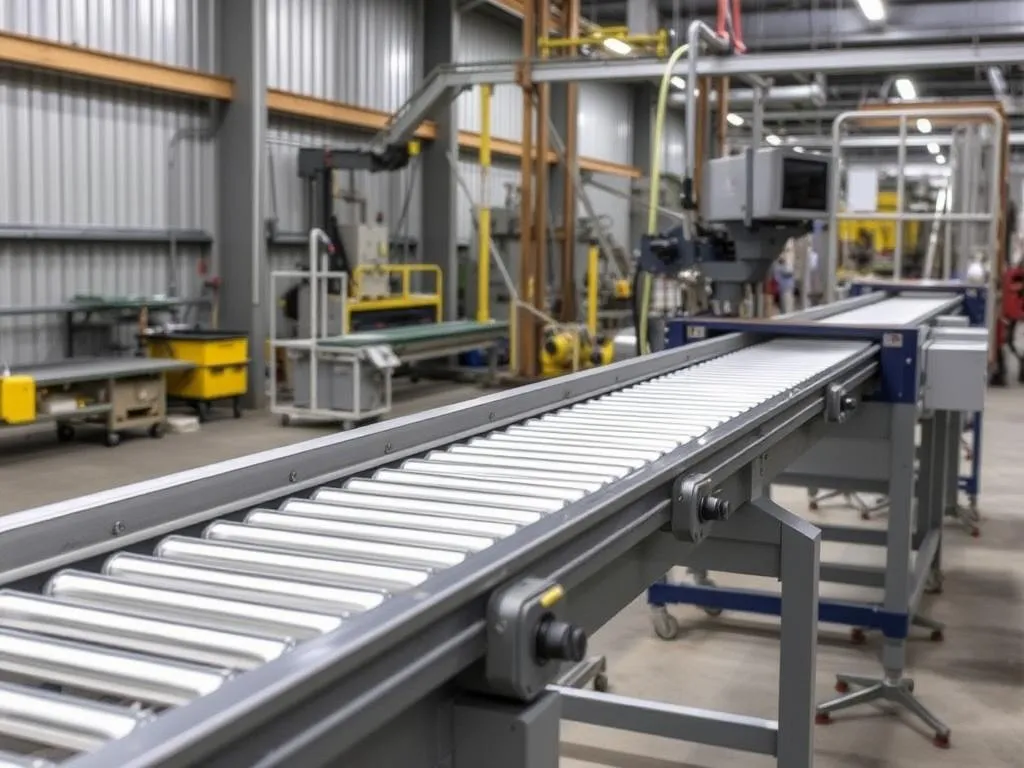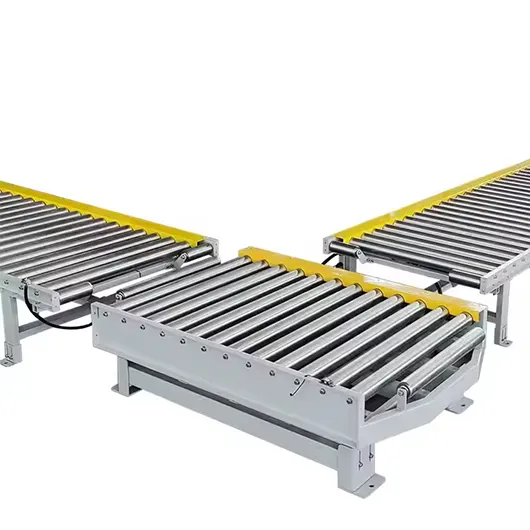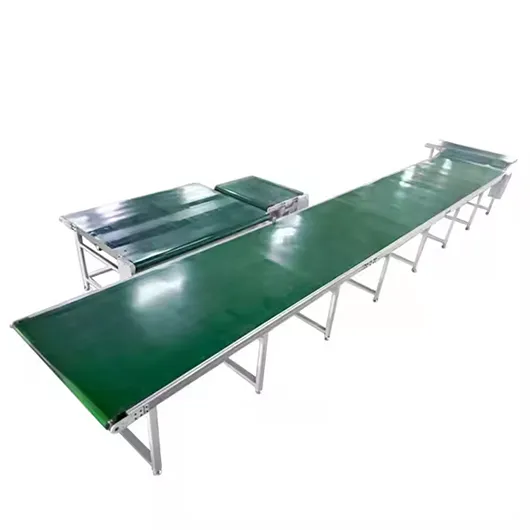Avoid your inquiry is delay response, please enter your WhatsApp/Skype along with the message, so we can contact you at the very first time.
We will reply you within 24 hours. If for urgent case, please add WhatsApp/WeChat: ,. Or call directly.
Do you struggle with getting your conveyor length just right? Wrong measurements can lead to costly mistakes. At Stars Creativity, we see factories lose money and time when belts don’t fit right. Let’s fix that problem together with this easy guide.
Getting the right conveyor length is super important. When it’s wrong, bad things happen:
Since 2005, our team at Stars Creativity has helped factories in over 80 countries fix these problems. We know that good measurements make packaging work better.

Before you start measuring, you need to know what affects your conveyor length.
These things change how long your conveyor needs to be:
| Factor | Why It Matters | What Happens If Wrong |
|---|---|---|
| Center distance between pulleys | This is the main part of length | Belt gets too loose or tight |
| Belt type and thickness | Different belts need different space | Belt might break or slip |
| Incline/decline angle | Uphill conveyors need more belt | Product might fall off |
| Load distribution and belt sag | Heavy loads make belts stretch | Belt wears out too fast |
Smart factories follow these rules:
At Stars Creativity, all our CE-certified machines follow these standards to make sure your packaging lines run smoothly.

Let’s make this easy to understand.
L = (2 × Center Distance) + (π × (D1 + D2)/2) + (Adjustments for Sag, Tension, and Splice)Where:
If your conveyor goes uphill, you need to add extra length. For every 10° incline, add 1-3% more to your center distance.
Follow these steps to get it right:
Tools you need:
Our Stars Creativity technical team uses CAD-based design to make sure every measurement is perfect in our 3,000㎡ production facilities.
Look at both pulleys:
Measure across the middle of each. Dodge PT Drive Pulleys are common in good systems.
Add the extra belt that wraps around pulleys:
Belt wrap = π × (D1 + D2)/2Important: Belts stretch over time!
Add 0.5% to 2% extra length for:
Our experience across food, beverage, cosmetics, and e-commerce industries shows this step saves huge maintenance costs.

Think about:
Let’s see how this works in a real factory:
Case Study: Food Packaging Line
Step 1: Basic length = (2 × 50) + (3.14 × (1.2 + 1.2)/2) = 100 + 3.77 = 103.77m
Step 2: Add 2% for incline = 103.77 + (103.77 × 0.02) = 105.85m
Step 3: Add 1% for belt stretch = 105.85 + (105.85 × 0.01) = 106.91m
Final length needed: 107m
By getting this right, the factory saved $15,000 a year in belt replacements.
These mistakes cost factories big money:
Our technical team at Stars Creativity checks all these things when we design packaging systems for our global customers.
Smart factories use these tools:
At Stars Creativity, we use these tools to make sure our modular, adaptable machines work perfectly for different production needs.
Different conveyor types need different calculations:
Our machines support full-line packaging automation with all these types.
When temperature changes, belts change size:
Safety rules affect how you build conveyors:
Look at these numbers from a real mining conveyor:
| Factor | Poor Calculation | Precise Calculation |
|---|---|---|
| Installation Cost | $1.2M | $1.5M |
| Yearly Maintenance | $300,000 | $90,000 |
| Downtime Days/Year | 15 days | 3 days |
| 5-Year Total Cost | $2.7M | $1.95M |
Getting it right costs more at first but saves $750,000 over five years!
Are you tired of conveyor problems stopping your production? Do belt issues keep coming back?
Since 2005, Stars Creativity has helped factories in over 80 countries fix these problems. Our team knows:
With our 3,000㎡ production facilities and skilled technical team, we make packaging equipment that works right from day one.
Calculating conveyor length correctly is not just about math—it’s about saving money and time. A small mistake can lead to big problems down the road.
By following the steps in this guide, you can:
Whether you need stand-alone machines or complete packaging lines, getting measurements right is the first step to success.
For help with your next packaging project, remember that Stars Creativity has been solving these problems since 2005. Our CE-certified, modular machines are used in food, beverage, cosmetics, e-commerce, electronics, and logistics industries worldwide because they’re built right from the beginning—starting with perfect measurements.
Incline Adjustment: +1-3% per 10°
Thermal Expansion: 0.01%/10°C
Pulley Wrap: 150-200mm